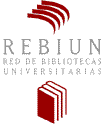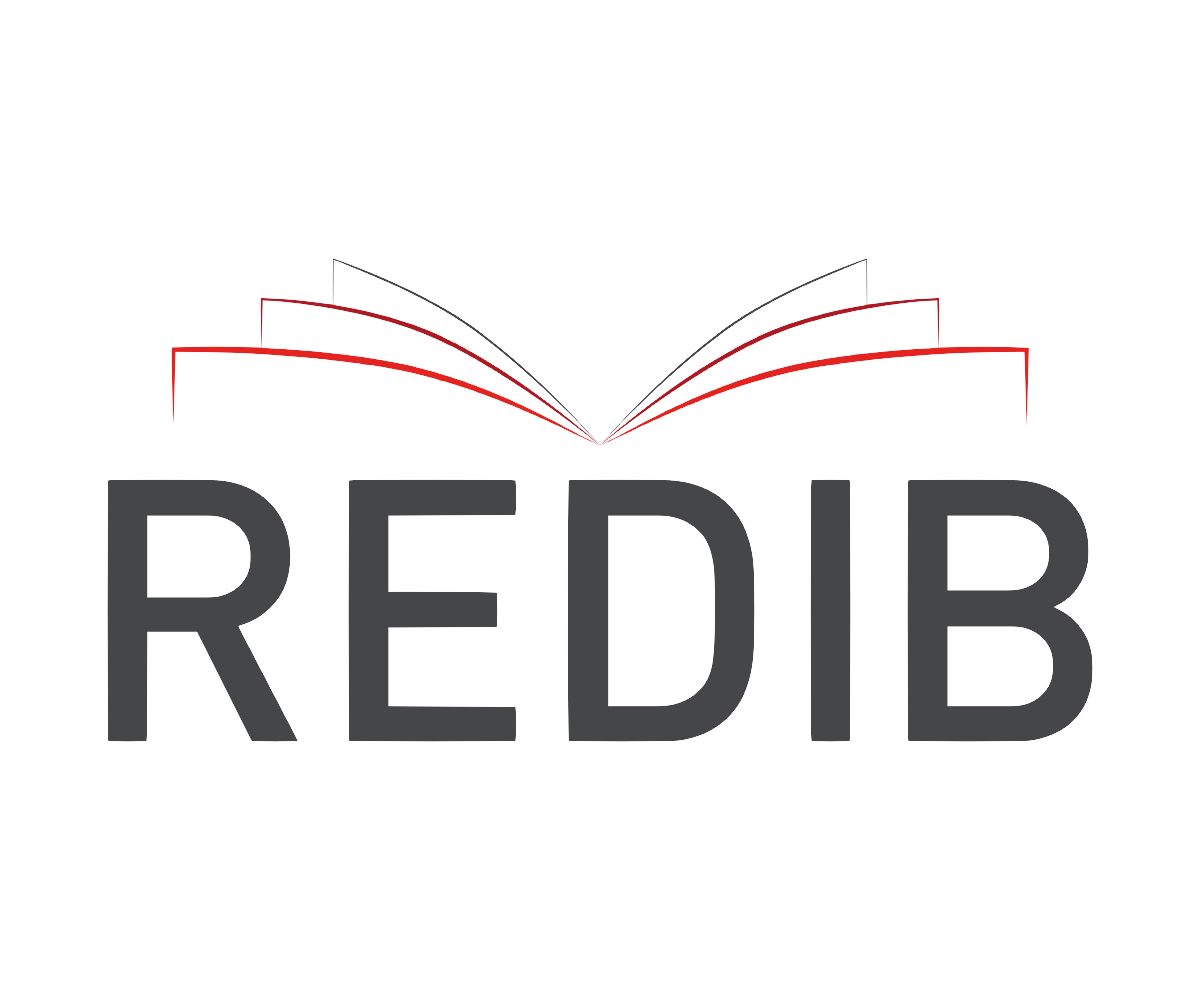Biocomposto de fibra de bananeira, cascas de amendoim de Manabí (Ecuador) e poliestireno expandido reciclado
DOI:
https://doi.org/10.22320/07190700.2024.14.02.09Palavras-chave:
reciclagem, fibras naturais, painel, poliestireno expandidoResumo
Esta pesquisa envolve o desenvolvimento de um biocompósito de polímero termoplástico em uma matriz de poliestireno expandido reciclado reforçado com fibra de pseudocaule de bananeira e cascas de amendoim trituradas. Foram produzidos seis modelos com diferentes doses, dos quais o que obteve o melhor resultado foi o último, com um teor de 63% de EPS, 25% de fibra de banana (40 mm) e 12% de casca de amendoim triturada (1 a 3 mm). No teste de flexão, alcançou um MOR de 12 N/mm2 e um MOE de 55 N/mm2; a resistência à compressão foi de 8,60 N/mm2; a absorção de umidade foi de 10%; e no teste de condutividade térmica, apresentou um valor de 0,095 W/m‧K, o que significa que tem uma capacidade de isolamento adequada. Os valores obtidos estão em conformidade com a norma equatoriana INEN 3110 para painéis de partículas. Este trabalho mostra a capacidade de materiais utilizados para produzir diferentes componentes leves, resistentes e isolantes que podem ser empregados em edificações.
Downloads
Referências
ABD-ELRAHMAN, M. H., SAAD AGWA, I., MOSTAFA, S. A., & YOUSSF, O. (2023). Effect of utilizing peanut husk ash on the properties of ultra-high strength concrete. Construction and Building Materials, 384, 131398. https://doi.org/10.1016/J.CONBUILDMAT.2023.131398
ADDIS, L. B., SENDEKIE, Z. B., HABTU, N. G., SCHUBERT, D. W., ROETHER, J. A., & BOCCACCINI, A. R. (2023). Characterization of False Banana Fiber as a Potential Reinforcement Material for Geopolymer Composites in B.H. Woldegiorgis, K. Mequanint, M.Z. GETIE, E.G., MULAT, A., & ALEMAYEHU ASSEGIE, (Eds), Advancement of Science and Technology. Green Energy and Technology (pp.49–63). Springer, Cham. https://doi.org/10.1007/978-3-031-33610-2_3/TABLES/2
ADDIS, L. B., SENDEKIE, Z. B., HABTU, N. G., SCHUBERT, D. W., ROETHER, J. A., & BOCCACCINI, A. R. (2024). False banana fiber reinforced geopolymer composite – A novel sustainable material. Ceramics International, 50(13-Part b), 24442-24450. https://doi.org/10.1016/J.CERAMINT.2024.04.177
AENOR. (2024). UNE-EN 312:2010 | Normas AENOR. Tableros de Partículas. Especificaciones. https://tienda.aenor.com/norma-une-en-312-2010-n0046341
AGUILLÓN, B., CABRERA, D., LAZO, M., ADRIÁN, E., CARRASCO, M., MEDINA-PERILLA, J., VERA-VILLALOBOS, J., & RIGAIL-CEDEÑO, A. (2024). Sorbitol glycidyl ether Epoxy/Brewer’s spent grain biocomposite for fiberboard applications. Case Studies in Chemical and Environmental Engineering, 9, 100705. https://doi.org/10.1016/J.CSCEE.2024.100705
AHMAD, T., & DANISH, M. (2018). Prospects of banana waste utilization in wastewater treatment: A review. Journal of Environmental Management, 206, 330–348. https://doi.org/10.1016/J.JENVMAN.2017.10.061
AKCALI, I. D., INCE, A., & GUZEL, E. (2006). Selected Physical Properties of Peanuts. International Journal of Food Properties, 9(1), 25-37. https://doi.org/10.1080/10942910500471636
AKINDAPO, J. O., BINNI, U. A., & SANUSI, O. M. (2015). Development of Roofing Sheet Material Using Groundnut Shell Particles and Epoxy Resin as Composite Material. American Journal of Engineering Research (AJER), 4(6), 165–173. https://www.ajer.org/papers/v4(06)/T04601650173.pdf
AKINYEMI, B. A., & DAI, C. (2020). Development of banana fibers and wood bottom ash modified cement mortars. Construction and Building Materials, 241, 118041. https://doi.org/10.1016/j.conbuildmat.2020.118041
ALI, B., AZAB, M., AHMED, H., KURDA, R., EL OUNI, M. H., & ELHAG, A. B. (2022). Investigation of physical, strength, and ductility characteristics of concrete reinforced with banana (Musaceae) stem fiber. Journal of Building Engineering, 61, 105024. https://doi.org/10.1016/j.jobe.2022.105024
ATTIA, M. M., AL SAYED, A. A. K.-A., TAYEH, B. A., & SHAWKY, S. M. M. (2022). Banana agriculture waste as eco-friendly material in fibre-reinforced concrete: An experimental study. Advances in Concrete Construction, 14(5), 355–368. https://doi.org/10.12989/acc.2022.14.5.355
BALDA, S., SHARMA, A., CAPALASH, N., & SHARMA, P. (2021). Banana fibre: a natural and sustainable bioresource for eco-friendly applications. Clean Technologies and Environmental Policy, 23, 1389–1401. https://doi.org/10.1007/s10098-021-02041-y
BELKADI, A. A., AGGOUN, S., AMOURI, C., GEUTTALA, A., & HOUARI, H. (2018). Effect of vegetable and synthetic fibers on mechanical performance and durability of Metakaolin-based mortars. Journal of Adhesion Science and Technology, 32(15), 1670–1686. https://doi.org/10.1080/01694243.2018.1442647
BENÍTEZ, A. N., MONZÓN, M. D., ANGULO, I., ORTEGA, Z., HERNÁNDEZ, P. M., & MARRERO, M. D. (2013). Treatment of banana fiber for use in the reinforcement of polymeric matrices. Measurement, 46(3), 1065–1073. https://doi.org/10.1016/J.MEASUREMENT.2012.11.021
BINICI, H., & AKSOGAN, O. (2017a). Insulation material production from onion skin and peanut shell fibres, fly ash, pumice, perlite, barite, cement and gypsum. Materials Today Communications, 10, 14–24. https://doi.org/10.1016/J.MTCOMM.2016.09.004
BINICI, H., & AKSOGAN, O. (2017b). Insulation material production from onion skin and peanut shell fibres, fly ash, pumice, perlite, barite, cement and gypsum. Materials Today Communications, 10, 14–24. https://doi.org/10.1016/J.MTCOMM.2016.09.004
CHATTAVIRIYA, P., SUPAWANTANAKUL, D., SANGSIRIMONGKOLYING, R., & SUA-IAM, G. (2022). Banana Fibers as a Sustainable Acoustic Absorbing Materials: A Review. Trends In Sciences, 19(11), 4498. https://doi.org/10.48048/tis.2022.4498
CHENRAYAN, V., GEBREMARYAM, G., SHAHAPURKAR, K., MANI, K., FOUAD, Y., KALAM, M. A., MUBARAK, N. M., SOUDAGAR, M. E. M., & ABUSAHMIN, B. S. (2023). Experimental and numerical assessment of the flexural response of banana fiber sandwich epoxy composite. Scientific Reports, 13(1), 18156. https://doi.org/10.1038/S41598-023-45460-1/FIGURES/15
FAOSTAT. (n.d.). FAOSTAT. Retrieved March 1, 2023, from https://www.fao.org/faostat/en/#data/QCL/visualize
GATANI, M., ARGÜELLO, R., & SESÍN, S. (2010). Materiales compuestos de cáscaras de maní y cemento. Influencia de diferentes tratamientos químicos sobre las propiedades mecánicas. Materiales de Construcción, 60(298), 137–147. https://doi.org/10.3989/MC.2010.46908
GIRIMURUGAN, R., SHILAJA, C., PRADEEP, G. M., MAHESKUMAR, P., & AUGASTIN SANTHIYAGU, I. (2022). An experimental study on compressive properties of high-density polyethylene-nano alumina-groundnut shell hybrid composites. Materials Today: Proceedings, 68(6), 2226–2232. https://doi.org/10.1016/J.MATPR.2022.08.437
GULER, C., COPUR, Y., & TASCIOGLU, C. (2008). The manufacture of particleboards using mixture of peanut hull (Arachis hypogaea L.) and European Black pine (Pinus nigra Arnold) wood chips. Bioresource Technology, 99(8), 2893–2897. https://doi.org/10.1016/J.BIORTECH.2007.06.013
IMMANUEL DURAI RAJ, J., ARUN VASANTHA GEETHAN, K., JOHN RAJAN, A., & VIJAY ANANTH, S. (2023). Characterization of epoxy resin-based banana fiber reinforced composite with waste CD powder filler. Materials Today: Proceedings, 90(1), 19-23. https://doi.org/10.1016/J.MATPR.2023.04.152
ISO 8302:1991 - Thermal insulation — Determination of steady-state thermal resistance and related properties — Guarded hot plate apparatus. (n.d.). Retrieved June 8, 2024, from https://www.iso.org/es/contents/data/standard/01/54/15422.html?browse=tc
JAYAPRABHA, J. S., BRAHMAKUMAR, M. & MANILAL, V. B. (2011). Banana Pseudostem Characterization and Its Fiber Property Evaluation on Physical and Bioextraction. Journal of Natural Fibers, 8(3), 149–160. https://doi.org/10.1080/15440478.2011.601614
KALANGI, C., ANTONY PRABU, D., SUJIN JOSE, A., & JANI, S. P. (2022). Experimental characterization of banana fiber reinforced polyester composites. Materials Today: Proceedings, 60(3), 2236–2239. https://doi.org/10.1016/J.MATPR.2022.03.232
KARUPPUCHAMY, A., RAMYA, K., y SILVA, R. (2024). Novel banana core stem fiber from agricultural biomass for lightweight textile applications. Industrial Crops and Products, 209, 117985. https://doi.org/10.1016/j.indcrop.2023.117985
KESIKIDOU, F., & STEFANIDOU, M. (2019). Natural fiber-reinforced mortars. Journal of Building Engineering, 25, 100786. https://doi.org/10.1016/j.jobe.2019.100786
KORNIEJENKO, K., FRĄCZEK, E., PYTLAK, E., & ADAMSKI, M. (2016). Mechanical Properties of Geopolymer Composites Reinforced with Natural Fibers. Procedia Engineering, 151, 388–393. https://doi.org/10.1016/J.PROENG.2016.07.395
KUMAR, P. S., PUSHPAVALLI, S., KERAN, D. A., SHUPRAJHAA, T., SIVANANTH, C., RENGANATHAN, R., KANDALLU JAYARAMAN, J., BALAKRISHNAN, P., & UMA, S. (2022). Deciphering functional characteristics and in-vitro bioactive properties of banana central core stem powder. Food Chemistry, 397, 133828. https://doi.org/10.1016/J.FOODCHEM.2022.133828
LAMICHHANE, N., LAMICHHANE, A., & GYAWALI, T. R. (2024). Enhancing mechanical properties of mortar with short and thin banana fibers: A sustainable alternative to synthetic fibers. Heliyon, 10(10), e30652. https://doi.org/10.1016/J.HELIYON.2024.E30652
LAVERDE, V., MARIN, A., BENJUMEA, J. M., & RINCÓN ORTIZ, M. (2022). Use of vegetable fibers as reinforcements in cement-matrix composite materials: A review. Construction and Building Materials, 340, 127729. https://doi.org/10.1016/j.conbuildmat.2022.127729
MARTÍNEZ, C., & LAINES, J. (2013). POLIESTIRENO EXPANDIDO (EPS) Y SU PROBLEMÁTICA AMBIENTAL. Kuxulcab, Revista de Divulgación, 19(36), 63-. https://doi.org/10.19136/kuxulkab.a19n36.339
MENDES, C. O. B., & DE ARAÚJO NUNES, M. A. (2022). Acoustic performance of the banana pseudostem fiber. Applied Acoustics, 191, 108657. https://doi.org/10.1016/J.APACOUST.2022.108657
MO, K. H., BONG, C. S., ALENGARAM, U. J., JUMAAT, M. Z., & YAP, S. P. (2017). Thermal conductivity, compressive and residual strength evaluation of polymer fibre-reinforced high volume palm oil fuel ash blended mortar. Construction and Building Materials, 130, 113–121. https://doi.org/10.1016/j.conbuildmat.2016.11.005
PREETHI, P., & MURTHY, B. G. (2013). Propriétés physiques et chimiques des fibres de banane extraites de cultivars commerciaux de bananes cultivés dans l'État du Tamilnadu, Agrotechnologie. https://doi.org/10.4172/2168-9881.S11-008
NGUYEN, T. A., & NGUYEN, T. H. (2021). Banana Fiber-Reinforced Epoxy Composites: Mechanical Properties and Fire Retardancy. International Journal of Chemical Engineering, 2021(1), 1973644. https://doi.org/10.1155/2021/1973644
OGUNSILE, B. O., & OLADEJI, T. G. (2016). Utilization of banana stalk fiber as reinforcement in low-density polyethylene composite, Revista Materia, 21(4), 953–963. https://doi.org/10.1590/S1517-707620160004.0088
POLETTO, M., DETTENBORN, J., ZENI, M., & ZATTERA, A. J. (2011). Characterization of composites based on expanded polystyrene wastes and wood flour. Waste Management, 31(4), 779–784. https://doi.org/10.1016/J.WASMAN.2010.10.027
PRABHAKAR, M. N., SHAH, A. U. R., RAO, K. C., & SONG, J. IL. (2015). Mechanical and thermal properties of epoxy composites reinforced with waste peanut shell powder as a bio-filler. Fibers and Polymers, 16, 1119–1124. https://doi.org/10.1007/s12221-015-1119-1
PREM CHAND, R., RAVITEJ, Y. P., CHANDRASEKHAR, K. M., ADARSHA, H., SHIVAMANI KANTA, J. V., VEERACHARI, M., RAVI KUMAR, R., & ABHINANDAN. (2021). Characterization of banana and E glass fiber reinforced hybrid epoxy composites. Materials Today: Proceedings, 46(18), 9119–9125. https://doi.org/10.1016/J.MATPR.2021.05.402
RAMPRASATH, B., MURUGESAN, R., BANERJEE, A., ANAND, A., & SHASHANK. (2020). A Comparative Study of Sandwich and Hybrid Sandwich Composites using Jute and Kevlar Fibers. IOP Conference Series: Materials Science and Engineering, 912(5), 052031. https://doi.org/10.1088/1757-899X/912/5/052031
RAMU, S., SENTHILKUMAR, N., & DEEPANRAJ, B. (2023). Experimental investigation on alkali-treated (NaOH) groundnut shell (Arachis hypogaea L.) and rick husk (Oryza sativa) particle epoxy hybrid composites. Materials Today: Proceedings. https://doi.org/10.1016/J.MATPR.2023.03.171
SADA, B. H., AMARTEY, Y. D., & BAKOC, S. (2013). An Investigation into the use of groundnut as fine aggregate replacement. Nigerian Journal of Technology, 32(1), 54–60. https://www.ajol.info/index.php/njt/article/view/87225
SARAVANAN, A. K., RAJENDRA PRASAD, A., MURUGANANDAM, D., SARAVANAN, G., VIVEKANANDAN, S., & SUDHAKAR, M. (2020). Study on natural fiber composites of jute, pineapple and banana compositions percentage of weight basis for thermal resistance and thermal conductivity. Materials Today: Proceedings, 37(2), 147–151. https://doi.org/10.1016/J.MATPR.2020.04.662
SATHIPARAN, N., ANBURUVEL, A., & SELVAM, V. V. (2023). Utilization of agro-waste groundnut shell and its derivatives in sustainable construction and building materials – A review. Journal of Building Engineering, 66, 105866. https://doi.org/10.1016/J.JOBE.2023.105866
SEGURA, D., NOGUEZ, R., & ESPÍN, G. (2007). Contaminación ambiental y bacterias productoras de plásticos biodegradables. Biotecnología, 14, 361-371. https://www.researchgate.net/profile/Raul-Noguez/publication/242144167_Contaminacion_ambiental_y_bacterias_productoras_de_plasticos_biodegradables/links/565cc57f08aefe619b253fd3/Contaminacion-ambiental-y-bacterias-productoras-de-plasticos-biodegradables.pdf
SENTHILKUMAR, K., SIVA, I., RAJINI, N., WINOWLIN JAPPES, J. T., & SIENGCHIN, S. (2018). Mechanical characteristics of tri-layer eco-friendly polymer composites for interior parts of aerospace application. Sustainable Composites for Aerospace Applications, 35–53. https://doi.org/10.1016/B978-0-08-102131-6.00003-7
UNE 56535:1977. (2017, Retrieved June 8. 2024,). Características físico-mecánicas de la madera. Determinación de la resistencia a la compresión axial., from https://www.une.org/encuentra-tu-norma/busca-tu-norma/norma?c=N0006021
UNE-EN 196-1:2018. (2018, Retrieved June 8, 2024). Métodos de ensayo de cementos. Parte 1: Determinación de resistencias. https://www.une.org/encuentra-tu-norma/busca-tu-norma/norma?c=N0060675
UNE-EN 310:1994 (2019, Retrieved June 8, 2024). Tableros derivados de la madera. Determinación del módulo de elasticidad en flexión y de la resistencia a la flexión. (Versión oficial EN 310:1993). https://www.une.org/encuentra-tu-norma/busca-tu-norma/norma?c=N0008516
UNE-EN 317: 1994. (1994, Retrieved June 8, 2024). Tableros de partículas y tableros de fibras. Determinación de la hinchazón en espesor después de inmersión en agua. (Versión oficial EN 317:1993). https://www.une.org/encuentra-tu-norma/busca-tu-norma/norma?c=N0008533
UNE-EN 323: 1994. (1994, Retrieved June 8, 2024). Tableros derivados de la madera. Determinación de la densidad. (Versión oficial EN 323:1993). https://www.une.org/encuentra-tu-norma/busca-tu-norma/norma/?c=N0008540
WONGSA, A., KUNTHAWATWONG, R., NAENUDON, S., SATA, V., & CHINDAPRASIRt, P. (2020). Natural fiber-reinforced high calcium fly ash geopolymer mortar. Construction and Building Materials, 241, 118143. https://doi.org/10.1016/J.CONBUILDMAT.2020.118143
ZAABA, N. F., & ISMAIL, H. (2018). A Review on Peanut Shell Powder Reinforced Polymer Composites. 58(4), 349–365. https://doi.org/10.1080/03602559.2018.1471720
ZOUAOUI, Y., BENMAHIDDINE, F., YAHIA, A., & BELARBI, R. (2021). Hygrothermal and Mechanical Behaviors of Fiber Mortar: Comparative Study between Palm and Hemp Fibers. Energies, 14(21), 7110. https://doi.org/10.3390/en1421711
Downloads
Publicado
Como Citar
Edição
Secção
Licença
Direitos de Autor (c) 2024 Eddie Efrén Echeverría-Maggi, Vicente Flores-Alés, Juan Jesús Martín-del-Río

Este trabalho encontra-se publicado com a Licença Internacional Creative Commons Atribuição-CompartilhaIgual 4.0.
O conteúdo dos artigos publicados em cada número do Habitat Sustentável é da exclusiva responsabilidade dos autores e não representa necessariamente o pensamento ou compromete a opinião da Universidad del Bío-Bío.
Os autores mantêm os seus direitos de autor e concedem à revista o direito de primeira publicação da sua obra, que está simultaneamente sujeita à Licença de Atribuição Creative Commons CC BY-SA que permite a outros partilhar, transformar ou criar novo material a partir desta obra para fins não comerciais, desde que a autoria e a primeira publicação nesta revista sejam reconhecidas, e as suas novas criações sejam licenciadas sob os mesmos termos.

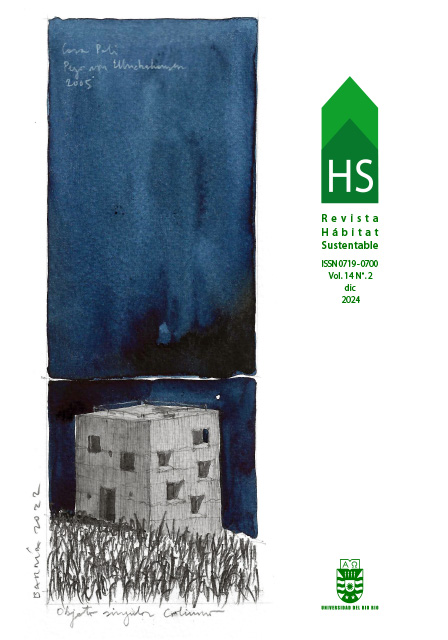







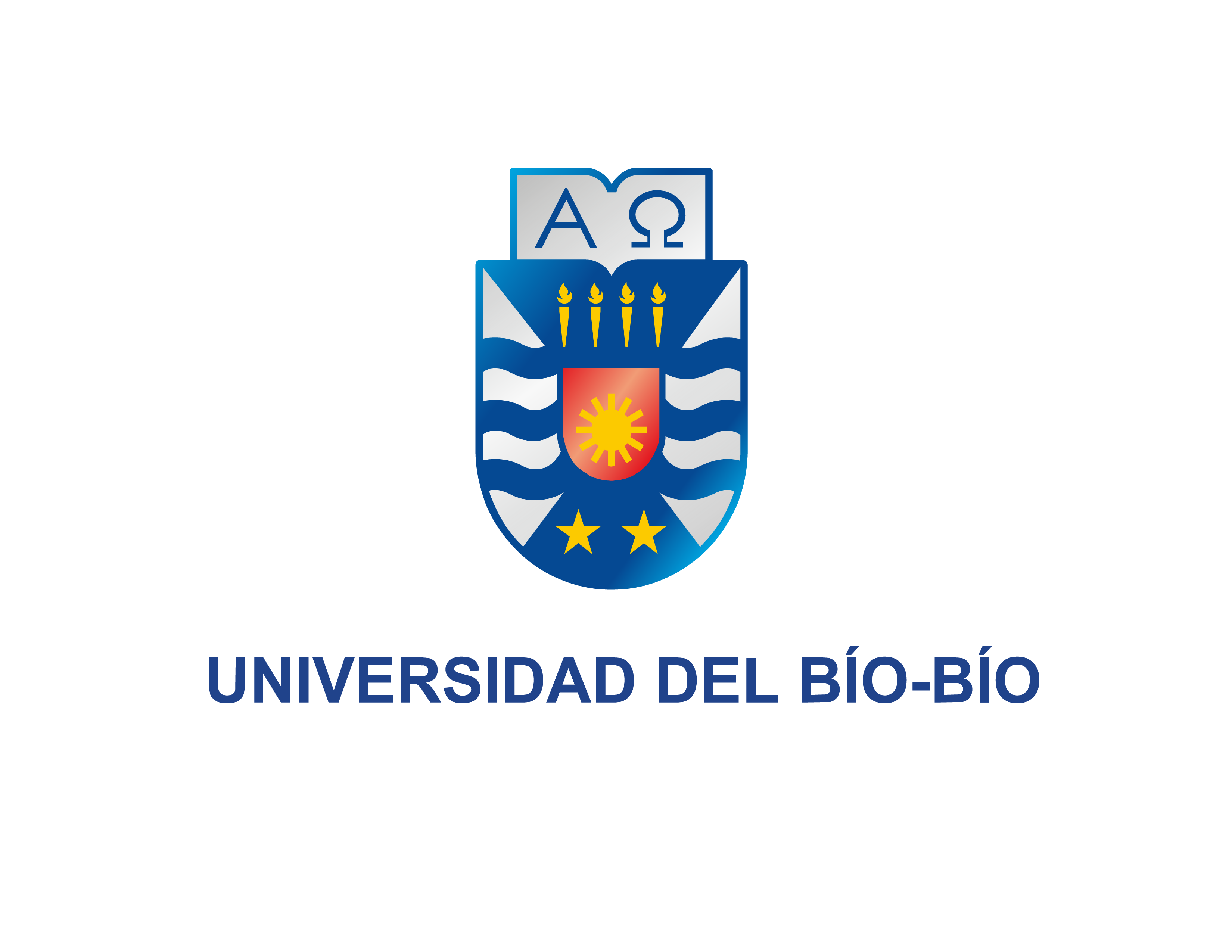

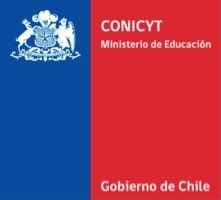 Programa de Informação Científica/Concurso Fondos de Publicación de Revistas Científicas 2018/ Proyecto Mejoramiento de Visibilidad de Revistas UBB (Código:FP180007)
Programa de Informação Científica/Concurso Fondos de Publicación de Revistas Científicas 2018/ Proyecto Mejoramiento de Visibilidad de Revistas UBB (Código:FP180007)


